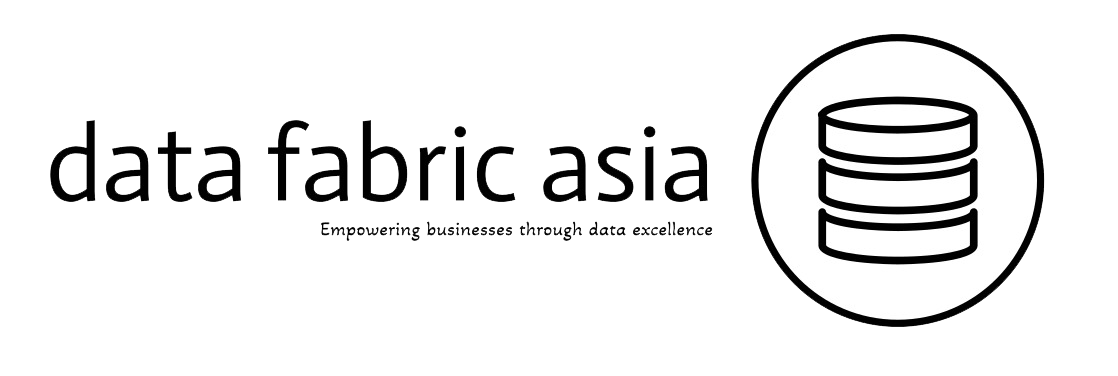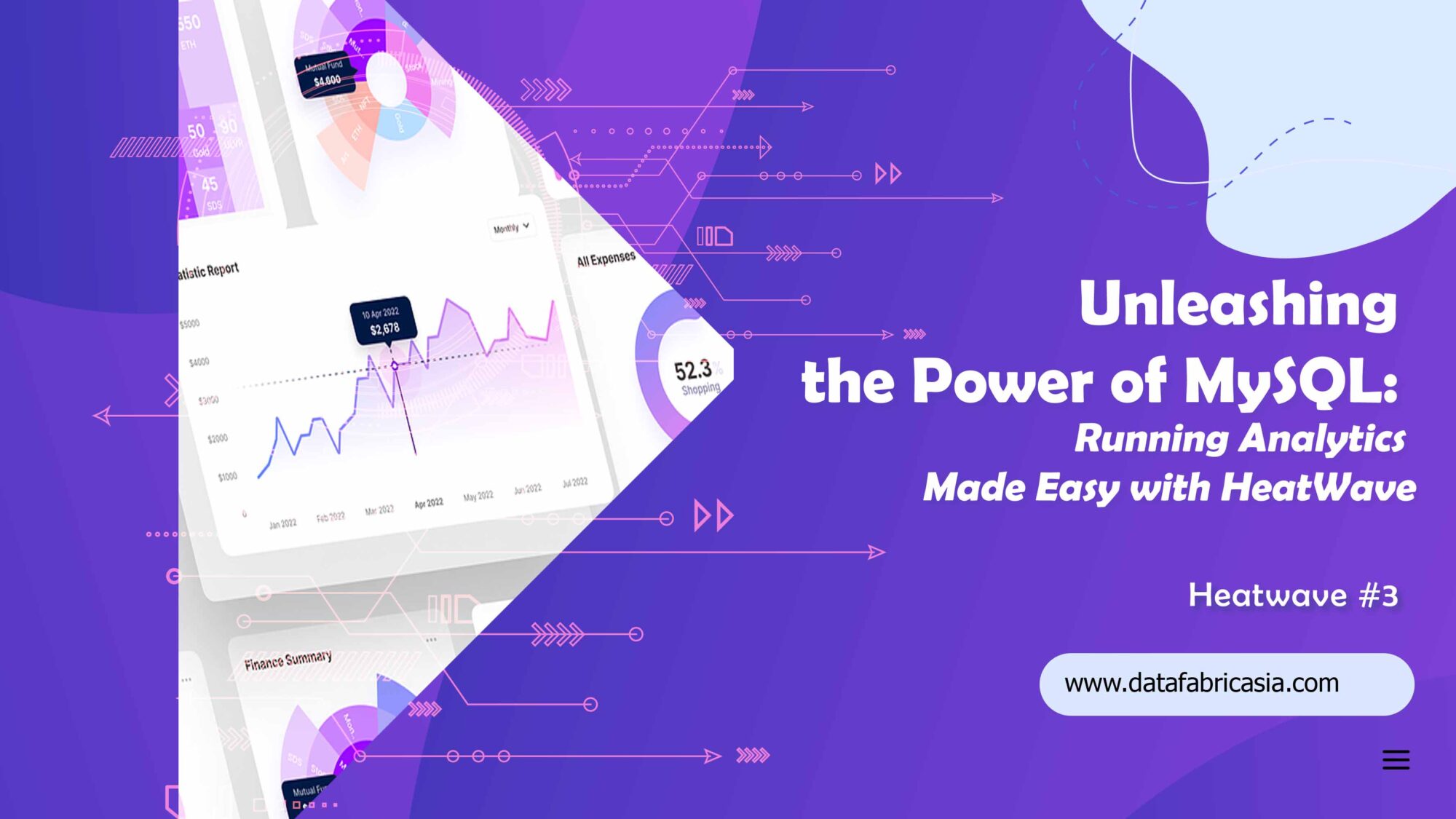Welcome back to the third installment of our journey into the dynamic world of MySQL. In this segment, we’re delving into the realm of analytics, and the game-changer we’ll be exploring is none other than HeatWave. So, buckle up as we unravel the simplicity and freedom that HeatWave brings to running complex queries within the MySQL Database Service.
Understanding the Landscape:
Before we dive into the magic of HeatWave, let’s take a quick look at the traditional landscape of analytics. Historically, running complex queries often meant exporting data to a separate analytics platform, causing data redundancy and operational headaches. But fear not, as MySQL, coupled with HeatWave, is here to revolutionize this landscape.
Running Analytics within the MySQL Database Service:
Imagine a world where you can perform advanced analytics without leaving the familiar confines of your MySQL environment. With HeatWave, this becomes a reality. The integration of in-database analytics means you can run complex queries directly within the MySQL Database Service, eliminating the need for data transfers and simplifying your workflow.
Consider a scenario where you operate an e-commerce platform, handling massive amounts of transactional data. Traditionally, analyzing customer behavior or purchase patterns might involve exporting data to a separate analytics tool. However, with HeatWave, you can seamlessly execute queries within the MySQL environment, eliminating the need for tedious data exports or juggling between different platforms.
Compatibility with Existing MySQL Tools and Workflows:
One of the key strengths of HeatWave is its compatibility with your existing MySQL tools and workflows. If you’re already familiar with MySQL, there’s no need to learn a new set of tools for analytics. The transition is smooth, making it easy for database administrators and analysts to leverage their existing skills.
Let’s say you have a team accustomed to using MySQL Workbench for managing and querying databases. With HeatWave, this remains your go-to tool. You can seamlessly execute analytics queries alongside your regular database operations, maintaining a cohesive and efficient workflow.
How HeatWave Streamlines the Analytics Process:
Now, let’s get into the nitty-gritty of how HeatWave streamlines the analytics process. One of its standout features is its in-memory architecture, which dramatically accelerates query performance. HeatWave creates an in-memory columnar cache that allows for lightning-fast analytics on large datasets.
Consider a scenario where you need to analyze the engagement metrics of your website users over the past month. Traditional methods might involve time-consuming queries, especially with large datasets. But with HeatWave, the in-memory acceleration ensures that your queries are processed at incredible speeds, providing real-time insights without compromising performance.
Engagement Prompt:
Now that we’ve taken a deep dive into the world of in-database analytics with HeatWave, I’m curious to hear your thoughts. How do you envision integrating this game-changing technology into your MySQL workflow? Share your ideas and experiences using #MySQLHeatWave #DatabaseAnalytics. Let’s spark a conversation on unleashing the full potential of MySQL for analytics!
In conclusion, HeatWave opens up a new realm of possibilities within the MySQL ecosystem, transforming the way we approach analytics. By bringing the power of in-database analytics and compatibility with existing tools, it’s a win-win for database professionals and analysts alike. So, embrace the freedom to analyze, run those complex queries effortlessly, and unlock the true potential of MySQL with HeatWave!

